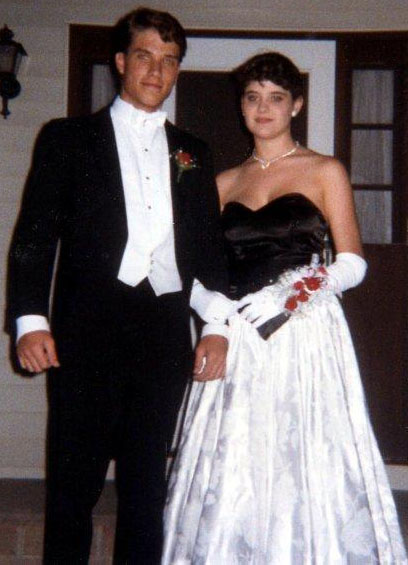Key Difference – Black Tie vs White Tie
Black tie and white tie are two sophisticated dress codes that are typically worn for official or ceremonial events. The key difference between black tie and white lies in their formality level; White tie is the most formal dress code and is only worn for formal occasions whereas black tie is worn for semi-formal occasions.
What is Black Tie?
Black tie attire is generally reserved for social functions and evening events. Black tie is less formal than white tie, and there are some variations in black tie attire for men since it is not as strict as white tie dress code. This dress code is sometimes also considered as semi-formal attire.
Black Tie for Men:
Black tie for men typically involves a traditional tuxedo – a black or midnight blue jacket and matching trousers, matching waistcoat or cummerbund, a white dress shirt, black bow tie or long tie, black formal shoes with dress socks. Black jacket can also be replaced by a white one during hot weather.
Black Tie for Women:
Black tie wear options for women are more varied. They typically wear floor-length dresses such as evening gowns, but mid-length cocktail dresses are also accepted for these events. Women also carry clutches and shawls.
What is White Tie?
White tie is the most formal dress code. It is usually used for formal weddings, state dinners, and other ceremonial or official events. White tie is typically worn in the evening; the daytime equivalent of white tie is known as morning dress.
White Tie for Men:
Men should wear a black or midnight dress coat beneath a white plain cotton shirt with a stiff front. The coat should have silk or grosgrain facings, which are horizontally cut-away at the front. The trouser must match the color and fabric of the coat and have two narrow stripes or one single wide stripe of braid or satin along outside seams. White tie attire for men also includes a white low cut waistcoat, white stiff wing collar, and a white bow tie. Black court shoes should be worn with black socks or stockings.
White Tie for Women:
There is not much of a difference in women’s attire for white tie events. They can wear floor length dresses such as ball gowns or evening dresses. Elbow-length white gloves are also worn by some women as accessories.
What is the difference between Black Tie and White Tie?
Black Tie vs White Tie:
– Black tie is less formal than white tie.
– White tie is the most formal of all dress codes.
Formality:
– Black tie events are considered as semi-formal events.
– White tie events are considered as formal events.
Flexibility:
– There can be slight variations in the dress code.
– There is a fixed and standard white dress code, which everyone follows.
Men:
– Men wear a black waistcoat or cummerbund, black bow tie or long tie with a black dress coat, matching trousers and a white dress shirt.
– Men should wear a white low cut waistcoat, white stiff wing collar and a white bow tie with a black dress coat, matching trousers and a white cotton shirt with a stiff front.
Women:
– Women can wear floor length evening dresses or cocktail dresses that fall below the knees.
– Women should wear floor-length dresses such as evening dresses and ball gowns.
Variations:
– Men can also replace the black coat with a white one in hot weather.
– White tie is typically worn in the evening; its morning equivalent is called morning dress.
Key Takeaways:
- White tie is the most formal dress code, whereas black tie is considered semi-formal.
- White tie events have a fixed and standard dress code, while black tie events allow for some variations in attire.
- Men’s white tie attire includes a white waistcoat, stiff wing collar, and bow tie, while black tie attire features a black waistcoat or cummerbund, black bow tie or long tie, and a black or white dress coat.
